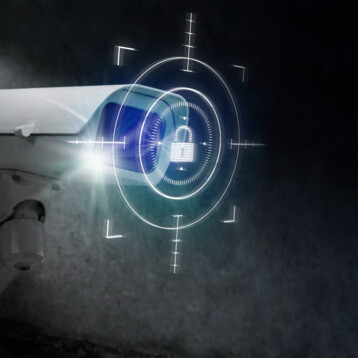|
Researchers at Tel Aviv University developed a powerful electronic sensor that detects numerous types of explosives. The sensor is made up of arrays of silicon nanowires that form an electronic device called a nanotransistor, which is supersensitive to the surrounding electrical environment. The sensor is also highly portable, extremely sensitive, and more reliable at detecting explosives than sniffer dogs.
The research team, led by Professor Fernando Patolsky from the Raymond and Beverly Sackler School of Chemistry, first coats the wires with a compound that binds to explosives. To increase the chips’ sensitivity, they then attach 200 individual sensors that allow increased ability and sensitivity, in order to detect many different kinds of explosives quickly.
Professor Patolsky reveals that existing methods of detecting explosives, such as TNT, have clear disadvantages such as high cost, cumbersomeness, lengthy decoding times, or the requirement of laboratory analysis. “There is a need for a small, inexpensive, handheld instrument capable of detecting explosives quickly, reliably, and efficiently,” he says.
Not only can the sensor detect explosives from a safe distance, but it is also portable, allowing the sensor to be carried by hand to difficult to reach places. Another example of it portability is that users can mount it to a stationary object, such as a wall, and then the explosive material just must pass in front of the mounted sensor. This could very much assist in scanning packages easily at a commercial level. The sensor also has the advantage of always providing a definite identification of explosives and ensures there are no detection errors or failures.
The team at Tel Aviv University joined together with Nanergy Inc. to develop a prototype of this sensor. The research team is now looking into nanometric sensors for the detection of chemical and biological molecules. Such sensors may be used to detect not only explosives, but also biological toxins such as anthrax, cholera, or botulinum.
TFOT previously reported on other sensor detecting technologies, including the CompactSafe Explosive Detection System, a portable plastic explosives detector that could provide a quick and simple visual diagnostic for detecting plastic explosives favored by terrorists, and a super handheld explosive detector capable of sensing explosives to parts per quadrillion, the same sensitivity acquired by highly trained canines.
Read more about Prof. Fernando Patolsky’s research in this overview of the nanotechnology employed at Tel Aviv University.











